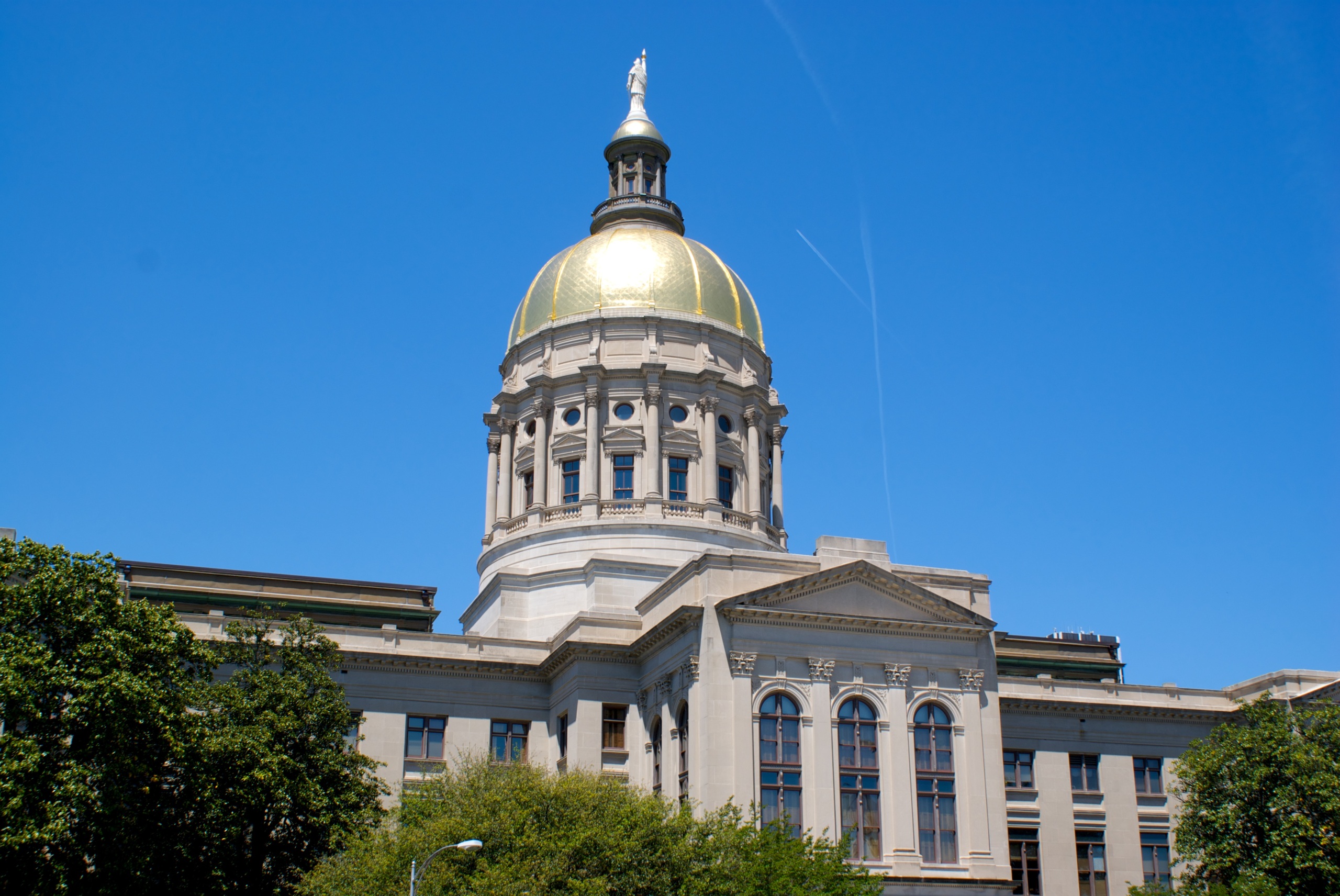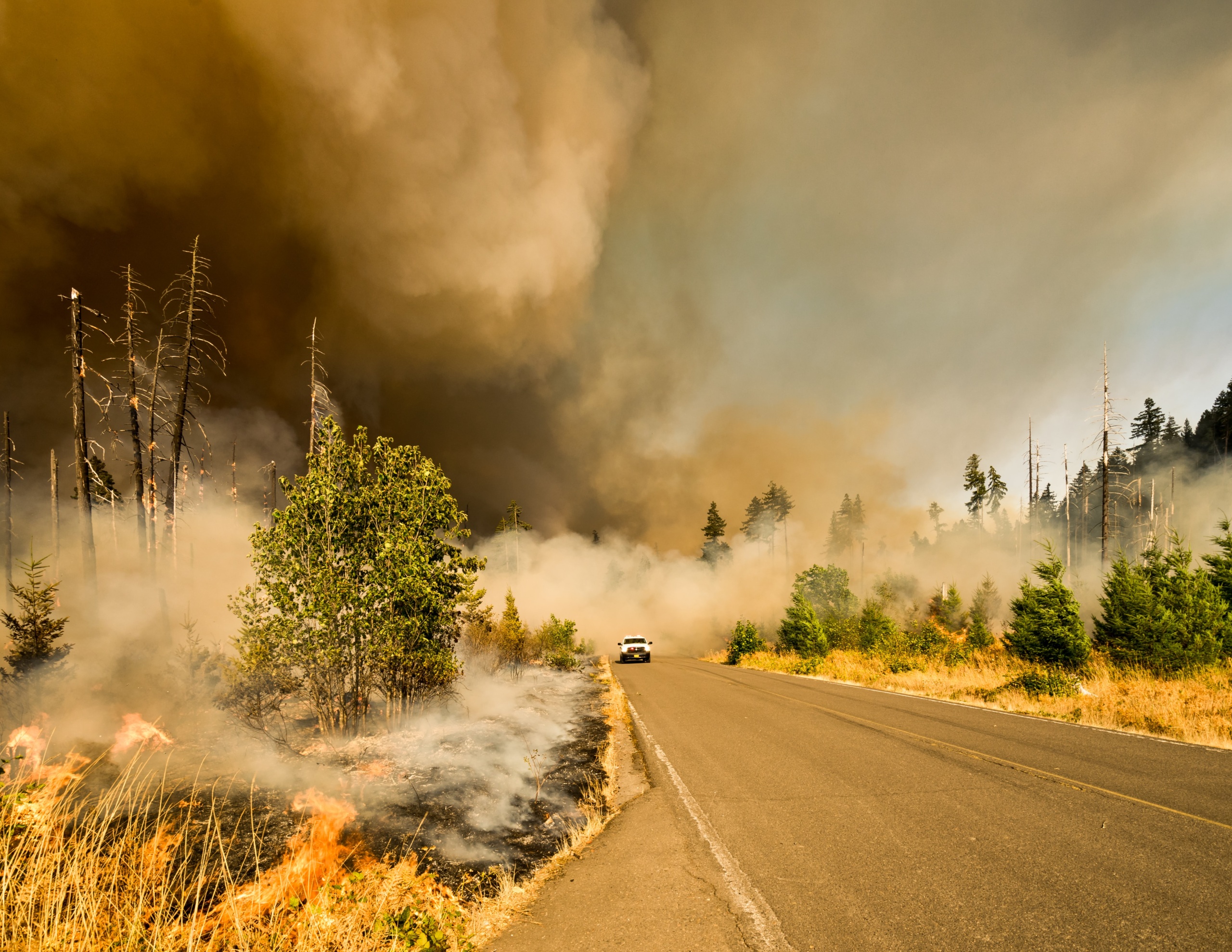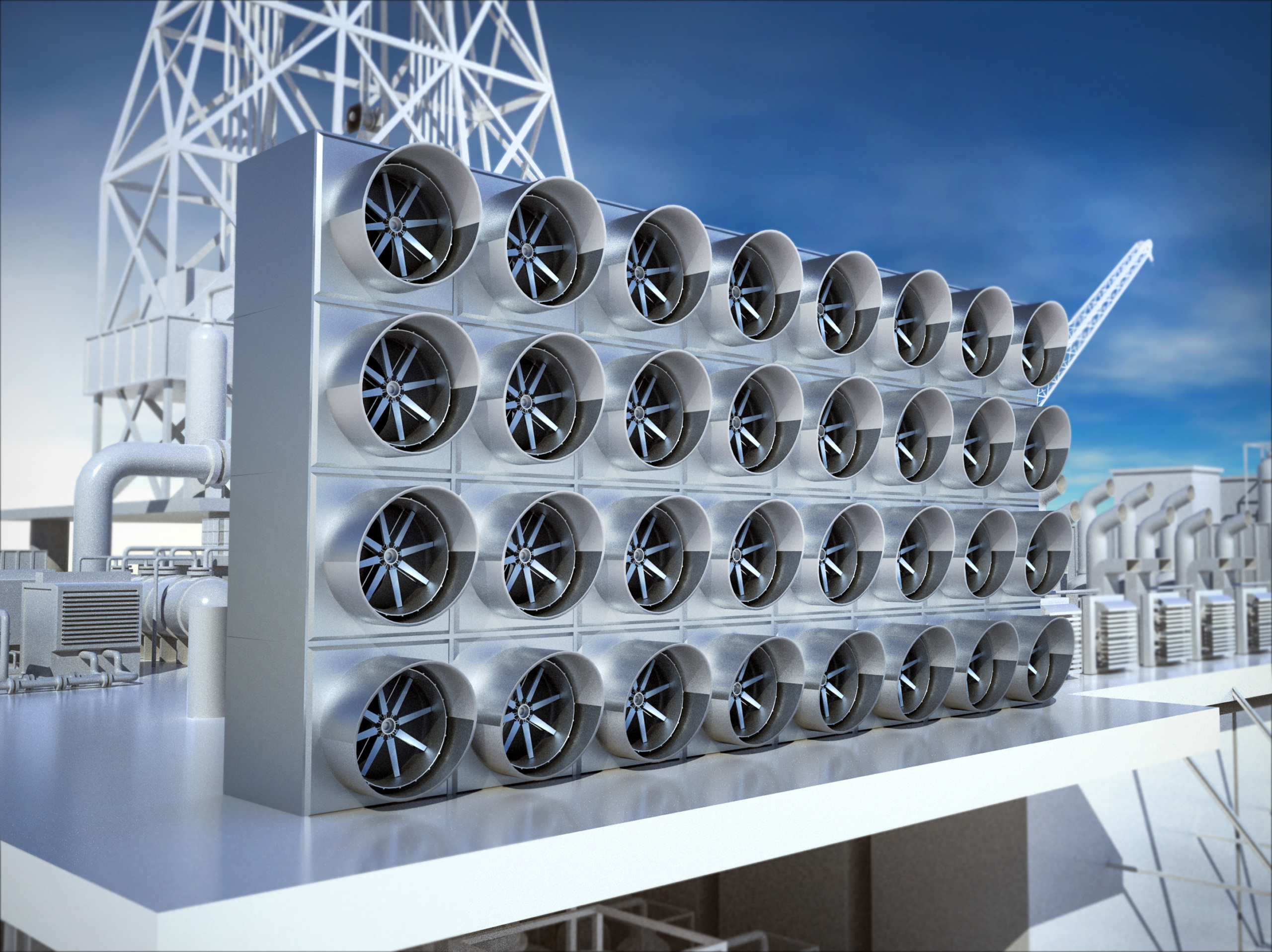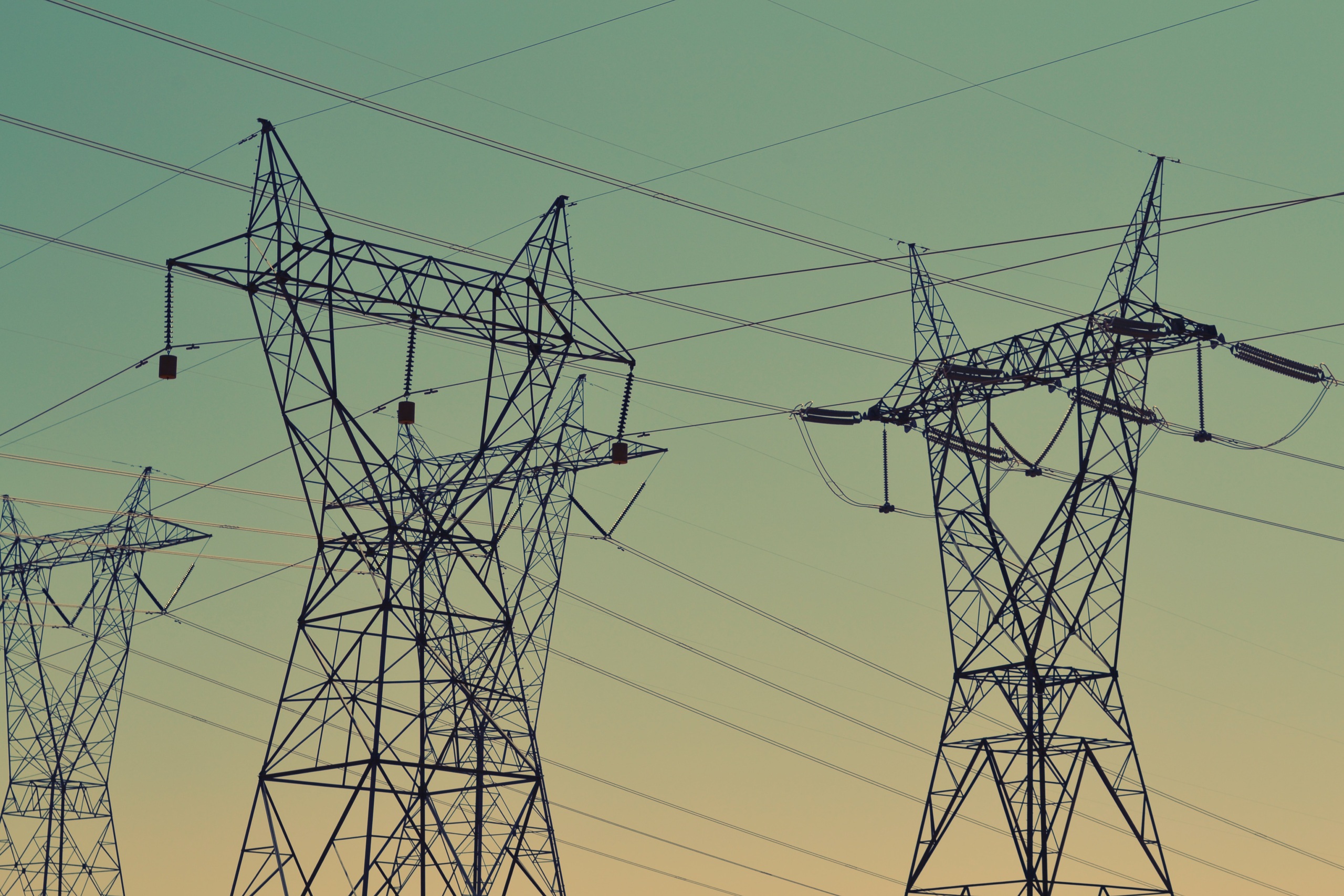
Global Warming Solutions
The progress we’ve made, how we got there, and where we’re going
It is true that the climate challenge is daunting. And it is true that we haven’t done enough. But failure or apathy has never been a complete and accurate characterization of the American approach to climate change. In fact, despite high-profile setbacks, we’ve been making steady progress for over a decade, and that progress is accelerating.
Downloads
Environment America
America isn’t up to the challenge of global warming, the familiar narrative goes. The problem is too vast and requires too much sacrifice. America’s political system is too dysfunctional for the task. We failed to sign the Kyoto Protocol in the nineties, the only developed country to do so. Congress waited until 2009 to get serious about federal climate legislation, and then it was blocked by the fossil fuel industry in the Senate.
This narrative misses the larger truth. It is true that the climate challenge is daunting. And it is true that we haven’t done enough. But failure or apathy has never been a complete and accurate characterization of the American approach to climate change. In fact, despite high-profile setbacks, we’ve been making steady progress for over a decade, and that progress is accelerating.
Clean cars standards, first in the states and now at the federal level, are pushing automakers to build cars that go further on a gallon of gas or use none all. State renewable energy standards, federal tax policy, and technological advances have driven rapid deployment of clean energy technologies. Wind power has tripled and solar has increased twenty-fold since 2008. These developments, combined with state and regional limits on carbon pollution, have helped drive U.S. emissions down 10 percent from their 2005 peak even as the economy has rebounded, breaking a historic link between carbon emissions and economic growth.
The Environmental Protection Agency’s Clean Power Plan is the most recent and most significant entry on America’s growing climate action resume. The plan is the centerpiece of the U.S. commitment made in March to reduce global warming pollution up to 28 percent by 2025, which helped secure the first-ever commitment to cap carbon pollution from China, today’s largest carbon polluter.
This December, the Paris climate conference looks poised to produce the world’s first international climate agreement. Success in Paris, in a reversal from Kyoto, would be in large part a credit to U.S. leadership.
Environment America Research & Policy Center, Environment America (our sister 501(c)4 organization) and our state affiliates are proud to have played a major role in this progress. As we celebrate the gains we’ve made, we are taking a look back at the work we’ve done to make it possible, and at some of the challenges ahead.
Topics
Find Out More


Five key takeaways from the 5th National Climate Assessment

Carbon dioxide removal: The right thing at the wrong time?



